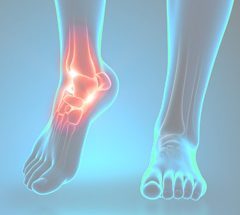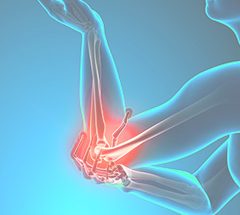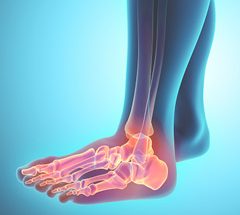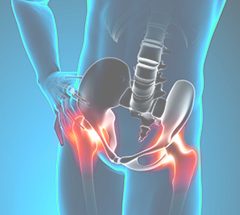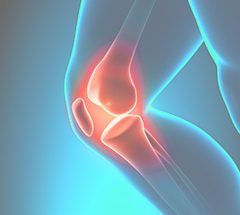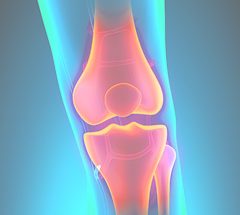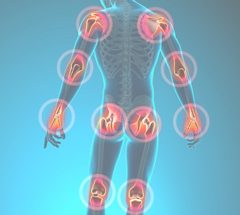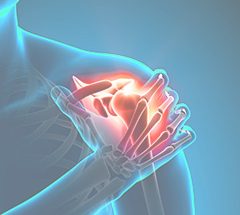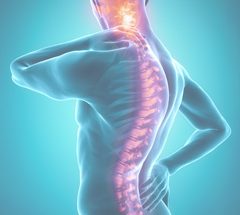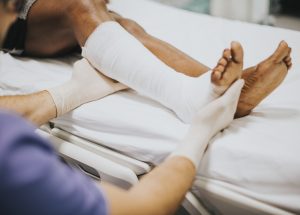Foot Trauma, Including Fractures and Sports-Related Injuries
As such a complex and heavily utilized body part, the foot is highly vulnerable to trauma. Sports vastly increase the issue, as they factor in extreme force and a countless variety of motion. Repeated hard landings, unsupportive footwear, and hard surfaces are all contributing factors to be aware of. With proper shoes, soles, and stretching, you can lessen your risk.
Common Foot Injuries:
Turf Toe
Turf toe is a sprain in the ligaments surrounding the big toe. While commonly associated with football players, turf toe can happen to athletes in a number of sports including dance, gymnastics, basketball, soccer, and more. The cause of turf toe is a hard surface or obstructing force that causes the toe to hyperextend past its normal bending limits. It can be treated with rest, ice, compression, and elevation (RICE), or taping it to the toe next to it to limit movement.
Athletes Foot
The notorious fungal infection that causes rashes on the foot can actually happen to anyone, regardless of activity level. Athletes foot is most often accompanied by extreme itchiness when the shoes and socks are removed and generally begins between the toes. Usually, sweaty feet confined in overly tight shoes are to blame, as they allow the fungus to grow. This condition is contagious and can be spread through contact or by contaminated surfaces. Treat by keeping feet dry, using antifungal powder, changing socks often, and wearing breathable shoes – especially in public places.
Fractures
Whether it’s small cracks or heavy bruising in the bones (stress fractures), joint dislocation, or complete bone breakages, fractures of the foot can be completely debilitating and should be taken very seriously. Fractures can be caused by heavy direct impact or they may be the result of gradual degradation from intense activity. Specialized treatment and orthopedic surgery are most likely required.
Arch Issues
Is it better to have flat feet or high arches? The answer is neither. Flat feet (or fallen arches) are a result of tendons not pulling together properly, leaving your feet flat. A good test is to get your feet wet and walk on a flat surface and observe if you can see your entire footprint as opposed to just the toes, the ball of your foot, and arches. Stretched or damaged tendons may be the cause, or pre-existing issues like arthritis or formerly broken bones. Rolling a tennis ball underneath the foot can help to develop arches and ease pain.
High arches can also cause problems. They leave the feet especially vulnerable to overuse injuries due to poor shock absorption and provide less support during mobile activity. While this issue is often hereditary, it may not noticeable until later in life. Custom shoe soles are an effective treatment for high arches.
External Issues
Not only do issues occur with internal aspects of the foot, but problems may arise with the skin on the bottom of our feet and our toenails. Prevent or treat toenail issues by regularly clipping them and wearing properly fitting shoes. Prevent blisters by keeping feet dry, wearing breathable socks that reduce friction, and again, wearing properly fitting shoes. When caring for blisters on the foot that haven’t popped, a donut-shaped moleskin may be helpful. Keep the area uncovered, avoid pressure, and avoid draining or popping. If the blister has popped, wash with water and soap and smooth down remaining skin before covering with a sterile bandage or gauze.
With adequate preparation, these foot issues can be prevented or thoroughly treated. For more sports medicine information or to inquire about treatment, call our office or schedule an appointment to meet with one of our orthopedic doctors.



